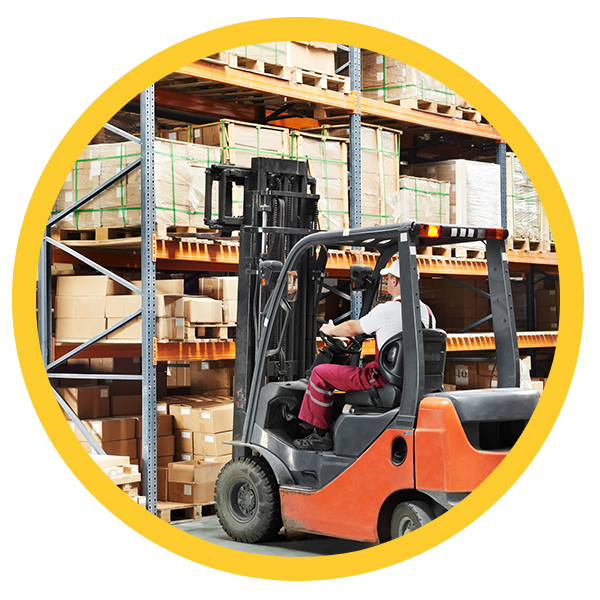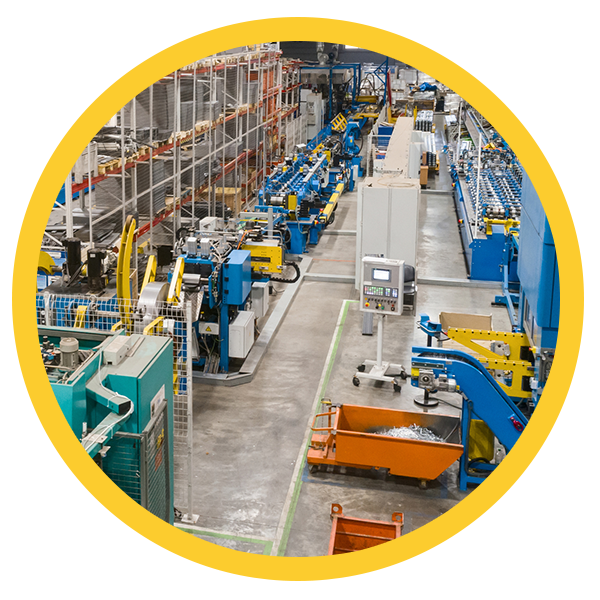OSHA was established in 1970 “to assure safe and healthful working conditions for working men and women by setting and enforcing standards and by providing training, outreach, education and assistance.”
For OSHA to succeed in this mission, companies must be in compliance of its safety standards. Failing to be in compliance and violating these standards can be very costly to the lives of your employees and the livelihood of your business.



























